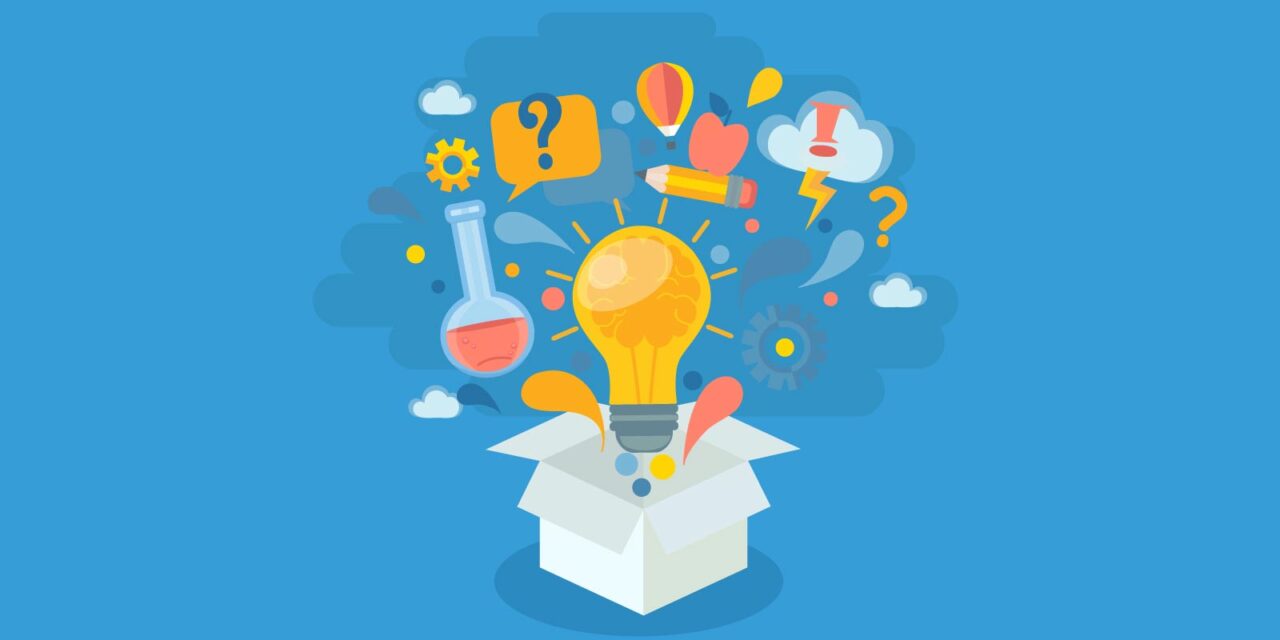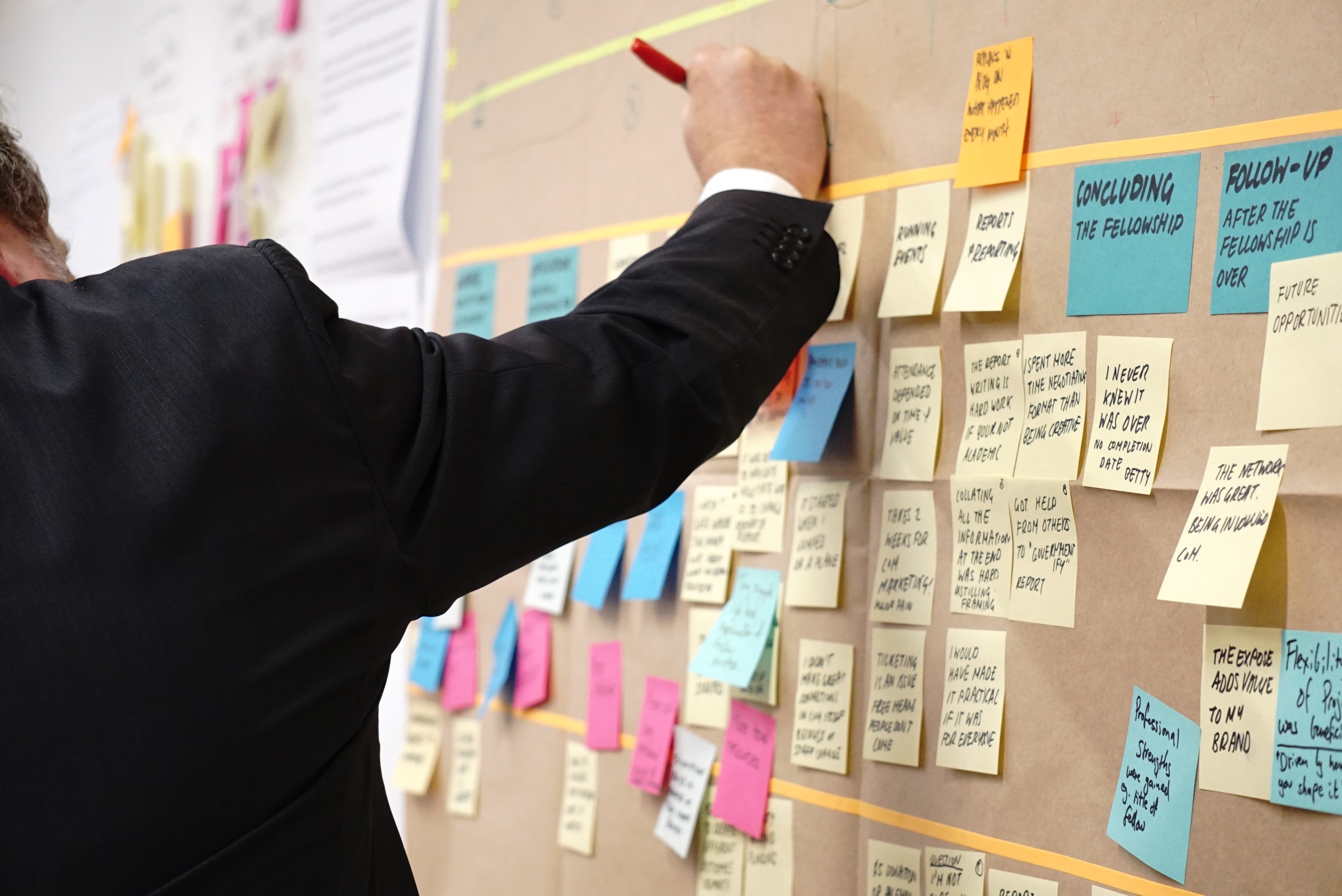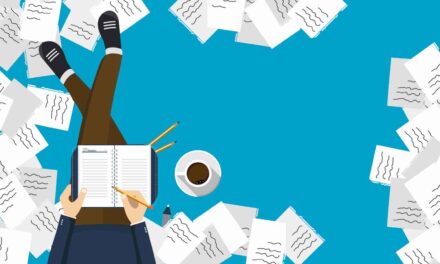Stop getting distracted by following these work productivity tips.
Do you ever finish your workday feeling like you barely got through your to-do list? In a world of digital distractions, finding time to focus can be no easy feat.
With the average attention span in front of a computer estimated to be a mere 40 seconds before being sucked down a virtual vortex, it’s not surprising that we often find it difficult to knuckle down and get the job done. Here are some of the most effective productivity tips to help you avoid the distraction blackhole.
Track your online behavior
The first step to boosting your productivity at work is understanding exactly how you spend your time. Whether it’s answering emails, sending invoices, updating filing systems, or adding interior-deco inspiration to your Pinterest board, mapping your behavior can reveal a lot about what’s creating bottlenecks to your productivity.
Web apps like RescueTime, which tracks time spent on applications and websites to create a detailed report of your workday, or AntiSocial, which monitors social media usage and benchmarks your behavior against peers, can offer some interesting insights into how you’re spending your 9-to-5.
Minimize distractions
Once you’ve identified the behaviors that are limiting your productivity, cultivate an online environment that eliminates unwanted distractions. In a world where applications and notifications are constantly vying for your attention, cleaning your digital workspace will help you focus on the task at hand.
There are a host of free designing web apps just for this purpose, such as Writespace for Microsoft Word or Distraction Free Writing for WordPress. If you need a complete computer overhaul, apps like FocusWriter transform your entire screen into a distraction-free interface, complete with customizable backgrounds to help you stay in the zone.
Complete the most important tasks (MITs) first
The theory behind the MIT concept is that every to-do list will have some tasks that are more important than others. If you choose to complete tasks randomly from the list, you’ll just end up completing a mix of both urgent and less urgent to-dos while time is ticking away.
This habit also increases your likelihood of procrastination, as it’s easy to lose track of time and end up spending the whole day checking off easy, less important tasks. Instead, by applying the MIT concept, you can curate your entire to-do list by listing one to three MITs at the top of the list each day.
These are tasks that you have to finish by the end of the day, no matter what. With this renewed focus on what’s important, you can focus your energy on high value tasks and delegate the less important to-dos for a later time.
Use the 80/20 rule
The 80/20 rule (also known as the Pareto Principle) was discovered by Italian economist Vilfredo Pareto. It states that in any activity, 80 percent of the results will come from 20 percent of the efforts.
Especially, 20% of your tasks are so critical that they contribute about 80% of your total success at work. Highly productive people choose to identify which categories their pursuits fall in. They look to cut down the other 80% of their schedule to maximize efficiency and focus on tasks that make the biggest impact.
Implement the two-minute rule
The author and productivity coach, David Allen inspired the two-minute rule. Allen has his own rule for improving productivity, which states, “if it takes less than two minutes, then do it now.”
If you find tasks in your to-do list that will take less than two minutes to complete, go ahead and complete them right away. This way, you will end up completing lots of small tasks without even realizing it, which saves time for more critical tasks.
The other aspect of the two-minute rule is that any goal or habit can be started in under two minutes. For instance, let’s say that you intend to cultivate the habit of reading self-help books before bed every day. This can be scaled down to something as simple as reading one page before bed every night for it to become a habit.
Work smart, not hard — or find apps to do it for you
Fine-tune your workflow with apps designed to minimize the monotonous. Routine tasks can be so small we tend to overlook them. However, performing them 100 times a day and you’ll find that time adds up.
Does your work include constant back-and-forth between customers? Try the Canned Responses feature on Gmail, a series of auto-response templates that can be easily inserted into email replies.
Are you constantly filling out forms with payment or mailing information? 1Password offers an encrypted vault for all your sensitive information, ready to auto-complete forms with your safely-stored data.
Take regular breaks
Even the most productive people can’t focus for eight hours straight. This is why taking regular breaks is extremely important. Even short breaks that are just a few minutes long can help to recharge and boost your mood.
However, when you take breaks, be sure to make them structured and scheduled. Otherwise, it’s easy to justify unnecessary distractions as your break time and disrupt your concentration.
Methods such as the Pomodoro Technique can be very useful in managing your break time. This method suggests 25-minute blocks of work followed by five-minute breaks. Scheduling your work like this can help you to feel refreshed all day long.
Make sure to disconnect
Just as critical to staying in the zone during office hours is learning to switch off overnight and recharge. Especially with working from home blurring the lines between work hours and personal time.
Researchers have long identified healthy sleeping habits as critical to productivity, yet mobile phones, tablets, and laptops are increasingly slipping between our bedsheets. Minimize the negative impact of bed-tech with apps like Twilight, which filters the light on your device according to the time of day and uses softer, warm colors in the evening, or Night Shift, an inbuilt iPhone feature that disables notifications from applications during set time periods.
Most importantly, make sure the last thing you look at before going to sleep at night and the first thing you wake up to in the morning isn’t battery-operated. Your daytime self will thank you for it.
By Iswari Nallisamy
This content was found at https://www.topresume.com/career-advice/productivity-tips-that-work
Liked this? Then you’ll love…10 tips for Effective interpersonal communication






Recent Comments